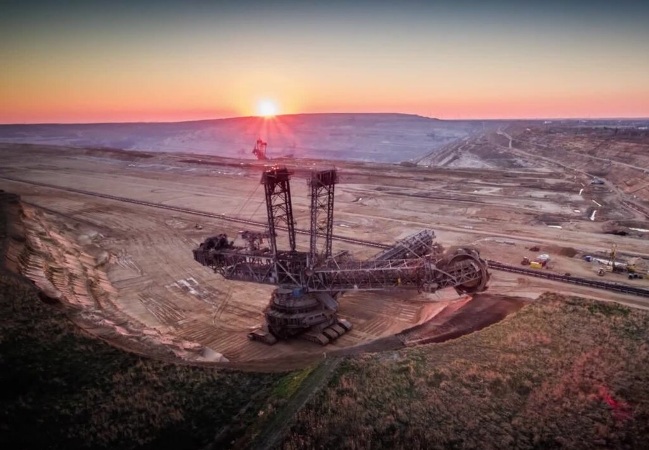
The global market for rheumatoid arthritis treatments is expected to grow at a CAGR of...
Learn More
Our consulting solutions address company specific challenges with respect to micro environment...
Learn More
Organizations frequently need day-today research guidancein order to gain strategic...
Learn More
Exploring different areas of market research and market analysis is a key factor...
Learn MoreAcute Market Reports presents the most extensive global business research services across industries. Our research studies focus on potential outcomes, benefits, and risks associated with each market segment across geographies. Having served our global clients for more than 10 years, our prime priority is to enable our clients in making well-informed business decisions through a data-driven, analytical, and uncomplicated research approach.
We provide access to the world's most comprehensive, analytical, and updated business intelligence services and solutions.




The artificial lift systems market is expected to grow at a CAGR of 5.9% during the forecast period of 2025 to 2033, driven by the rising global demand for energy, technological advancements, and the industry's focus on offshore exploration. Despite ...
Read MoreThe organic semiconductors market is expected to grow at a CAGR of 20.5% during the forecast period of 2025 to 2033. Organic semiconductors market is gaining significant traction due to their unique properties, such as flexibility, light weight, and ...
Read More
In 2021, the worldwide smart mining market is anticipated to grow at a CAGR of 17% during the forecast period of 2025 to 2033. The term "smart mining" refers to the process of automating the mining procedure by utilizing cutting-edge solutions ...
Read More




